Tel:400-969-8588


Why are the prices of high-precision cross guide rails so different?
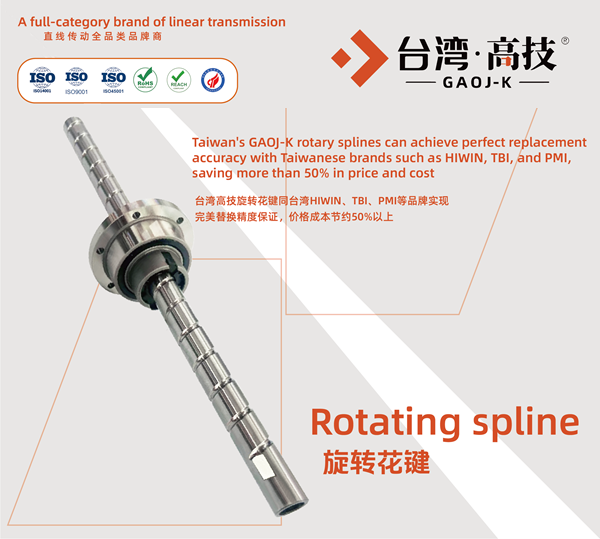
In automotive transmission systems, torque and power must be transmitted accurately and stably between various components.
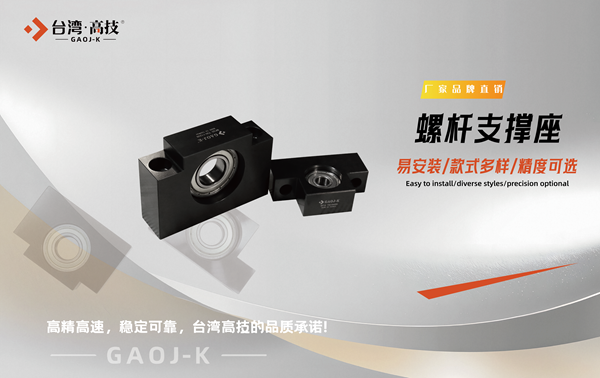
In automated production lines, the screw support seat, as a key component to ensure the stable operation of the screw, has various special requirements。
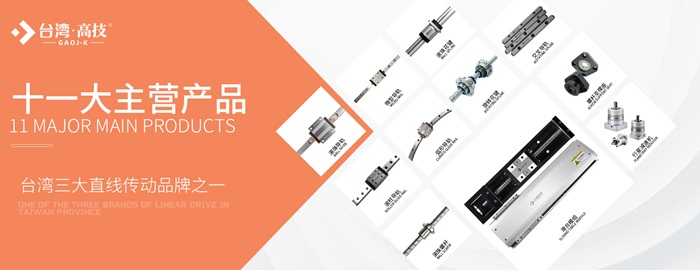
Cross guides and linear guides play important roles in mechanical transmission systems, especially in CNC machining centers, where linear guides and cross guides each have their unique advantages and application scenarios.

The matching of motors and reducers is a crucial technical challenge. If not properly matched, it can cause problems such as motor overload, high reducer load, and low efficiency, affecting the stability and sustainability of the entire system.
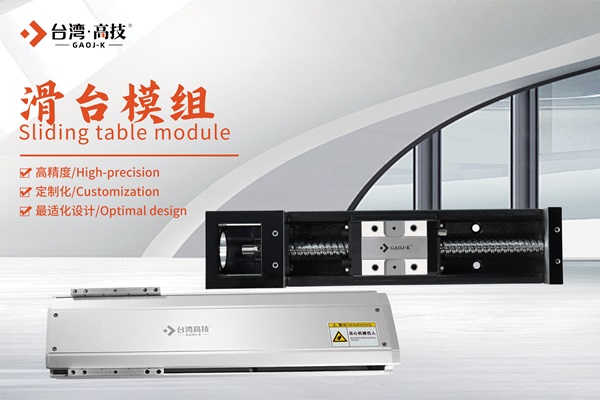
As an important transmission device of modern equipment, precision linear guide module plays a vital role in these two aspects.
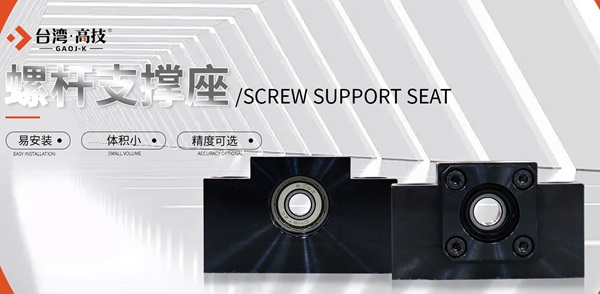
Ball screw is one of the common power transmission mechanisms in machine tools, machine tools, automation equipment, aerospace, heavy machinery and other fields.

The roller guide is designed with a roller-type rolling element instead of steel balls to achieve ultra-high rigidity and super heavy load-carrying capacity. It has high rigidity and load-carrying capacity, and is very suitable for applications with load requirements.
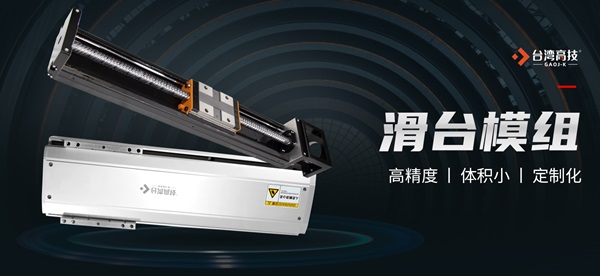
Linear modules are important components in the field of automation and are mainly driven by screw and belt transmission. They have a wide range of applications and play a crucial role in automation systems.
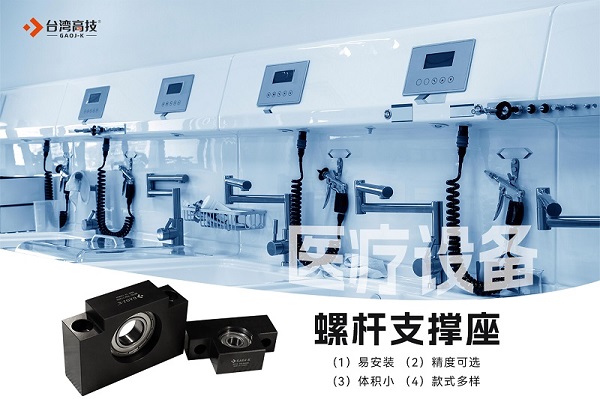
Accuracy is crucial for screw supports as it directly affects the stability and lifespan of the equipment.